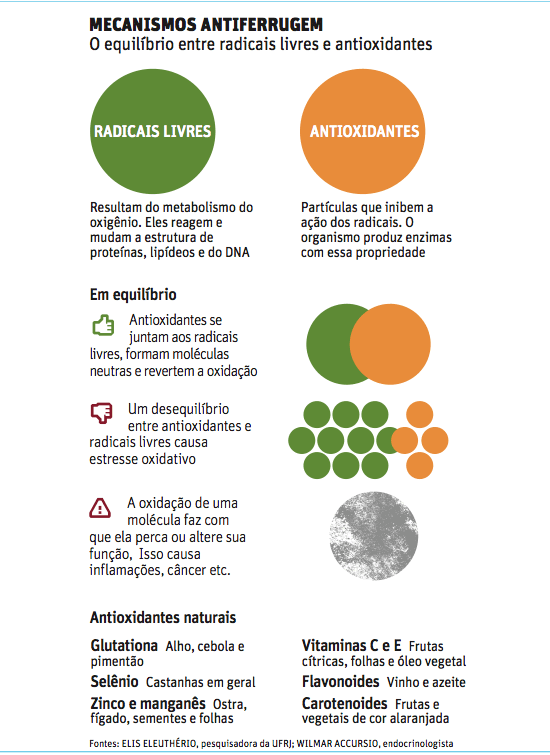Eis um enunciado científico muito aguardado: cientistas curaram uma doença similar à Aids, em camundongos. Há, porém, um grande entretanto: os bichos ficaram sem uma variação do HIV que atinge a espécie, mas tiveram tantos efeitos colaterais após o "tratamento" que quase morreram.
Os cientistas não utilizaram antivirais. Forçaram o próprio sistema imunológico dos animais a lutar contra o vírus --e, surpreendentemente, ele conseguiu vencer.
Eles sabiam que o sistema imunológico dos camundongos, assim como o dos humanos, tem uma espécie de disjuntor. Quando ele se depara com um inimigo muito forte, como o HIV, e atinge um estado crítico, o disjuntor "desliga" o sistema, para evitar danos permanentes. É como se o sistema imunológico estivesse se rendendo.
O disjuntor é um gene chamado SOCS3, que libera um proteína de mesmo nome que faz o serviço de "derrubar" a defesa do organismo.
 |
| CLIQUE NA IMAGEM PARA AMPLIAR |
Foi como se Pellegrini estivesse disposto a pagar para ver o preço de um "superaquecimento" do organismo --para manter a analogia, ele apostou que, após o cheiro de queimado e até incêndios terem destruído permanentemente a "estrutura" do sistema imunológico, o corpo ao menos se livraria do vírus.
Os pesquisadores, então, utilizaram um hormônio para nocautear o SOCS3 nos camundongos --a expressão que eles usam é essa, como se o gene fosse um boxeador perdendo os sentidos depois de levar uma pancada.
Sem o SOCS3, a guerra entre o sistema imunológico e o vírus seguiu até que um deles se esgotasse.
A experiência mostrou que Pellegrini estava certo. Após 60 dias, já não era possível encontrar o vírus em nenhum dos ratos do pesquisador --e só eles sabem o mal que devem ter passado nesse intervalo, com o seu sistema imunológico "fora de controle", obcecado por acabar com o vírus a qualquer custo.
O "superaquecimento" do sistema imunológico não ficou de graça: a saúde dos animais ficou danificada após esse processo.
EFEITOS COLATERAIS
Os bichos desenvolveram graves e recorrentes inflamações, além de vários tipos de doenças autoimunes --quando o organismo perde a capacidade de reconhecer a si mesmo e passa a se atacar, considerando invasoras as suas próprias células.
Os pesquisadores dizem que ainda há muito a descobrir sobre como esses efeitos colaterais se desenvolvem. Por enquanto, portanto, a técnica é insegura demais para ser testada em seres humanos, ainda que os mecanismos de reação do sistema imunológico relevantes para a técnica sejam iguais aos dos camundongos.
Como a técnica não é específica para o HIV, os cientistas acreditam que ela funcione também com outras doenças, como as hepatites B e C e também a tuberculose.
O trabalho foi publicado na revista científica "Cell".


